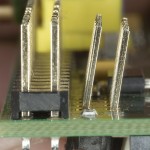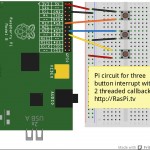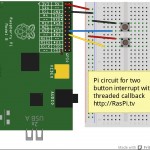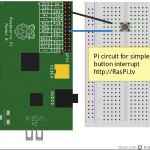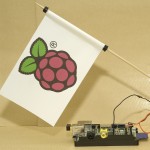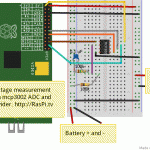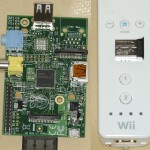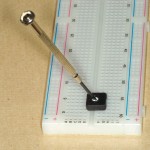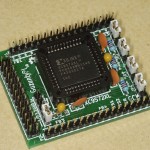
The Guzunty Pi board is an open source Complex Programmable Logic Device (CPLD) add-on for the Raspberry Pi. Derek Campbell is behind this project, and has clearly spent a lot of time and effort putting it all together. He describes it… “a CPLD is like several large breadboards laid out on your desk, full of every combination of logic devices you are ever going to need. It is waiting to be told what to do. It doesn’t need a host of jumper wires like a breadboard would. It can be reprogrammed again and again (even […more…]
